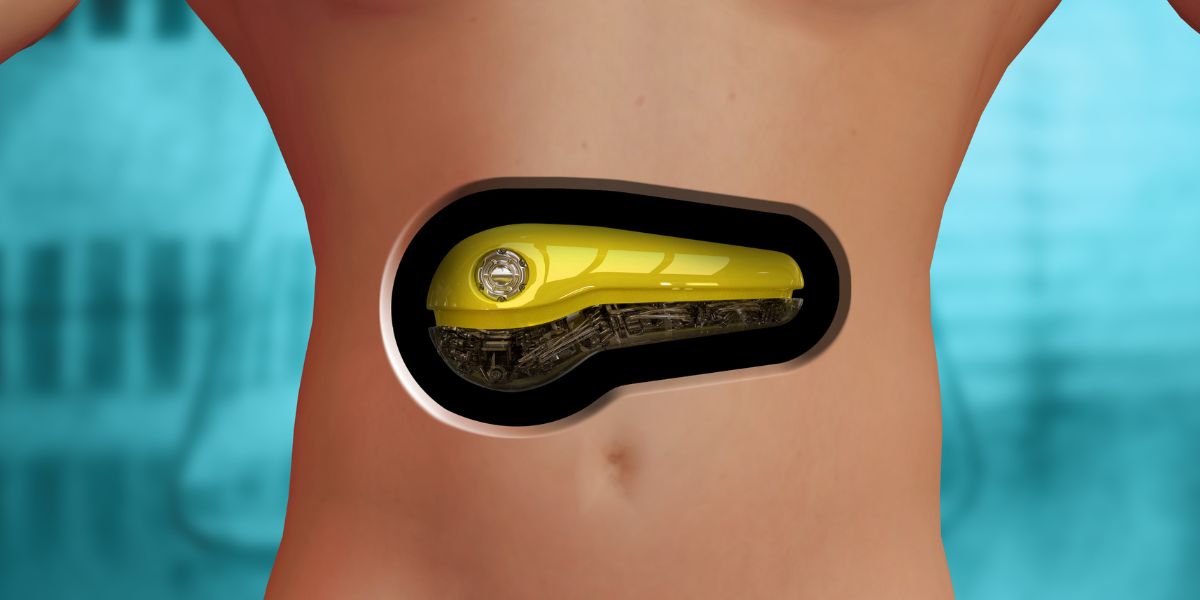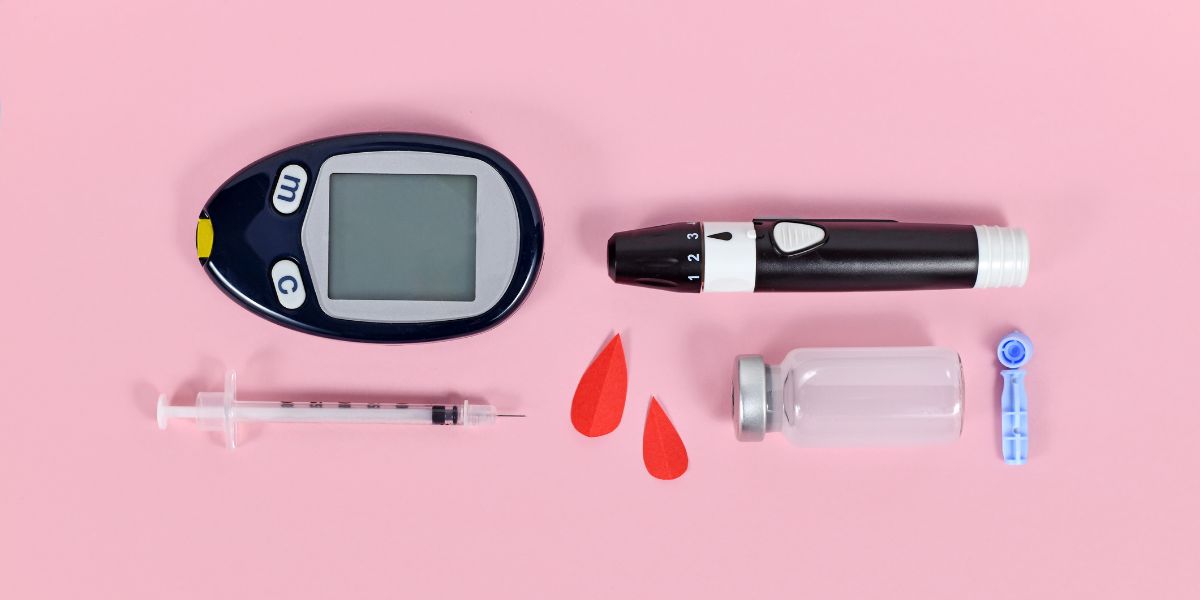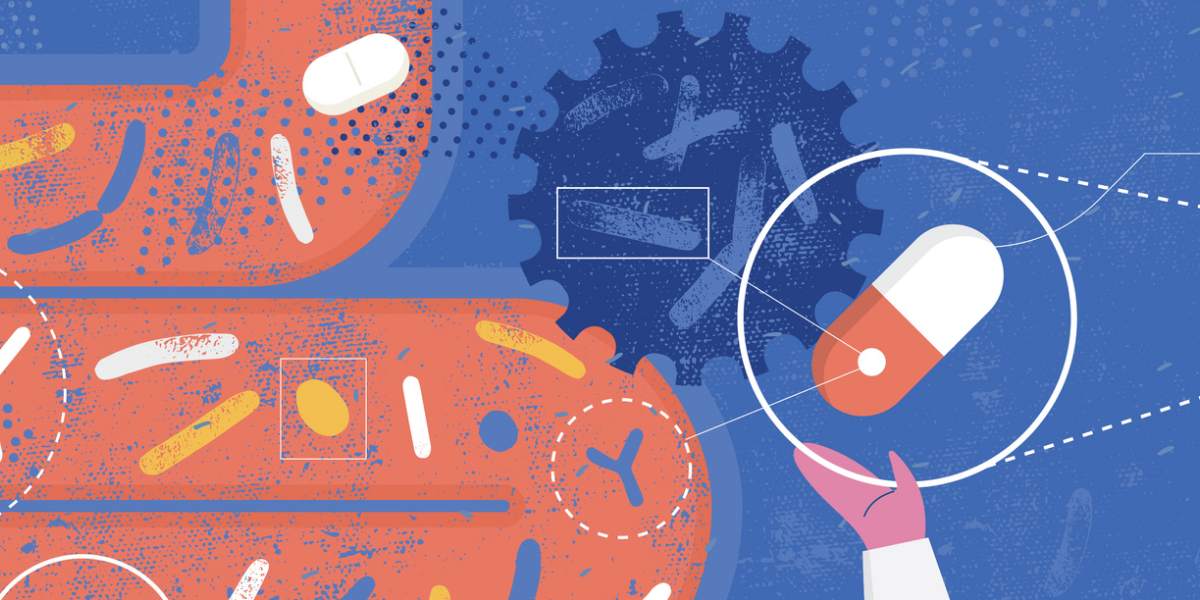The pancreas is an organ located behind the lower part of the stomach, in front of the spine and plays an important part in diabetes.
The pancreas is the organ which produces insulin, one the main hormones that helps to regulate blood glucose levels
The role of the pancreas in the body
The pancreas plays a part in two different organ systems, the endocrine system and the exocrine system.
The endocrine system includes all the organs which produce hormones, chemicals which are delivered via the blood to help regulate our mood, growth, metabolism and reproduction.
Two of the hormones produced by the pancreas are insulin and glucagon
The exocrine system is made up of a number of glands which release substances such as sweat (to the skin), saliva (in the mouth) or, in the case of the pancreas, digestive enzymes
The pancreas and insulin
The pancreas is responsible for producing insulin. The cells which produce insulin are beta cells. These cells are distributed in a cluster of cells in the pancreas called the Islets of Langerhans, named after the anatomist who discovered them
Insulin is a hormone that helps to regulate blood sugar levels by assisting the transport of glucose from the blood into neighbouring cells.
The pancreas and type 1 diabetes
In type 1 diabetes , the beta cells that produce insulin are attacked by the body’s immune system.
As more beta cells get killed off, the pancreas struggles to produce enough insulin to keep blood sugar levels down and the symptoms of diabetes begin to appear.
Research has shown that whilst many beta cells are killed off, the body can continue to produce very small amounts of insulin even after decades have passed.
The pancreas and type 2 diabetes
In type 2 diabetes, the body builds up resistance to insulin and more insulin is needed to bring down blood glucose levels. As a result the pancreas needs to produce more insulin than it would normally need to.
If the pancreas can no longer produce enough insulin to bring down sugar levels, the symptoms of diabetes will begin to appear. Type 2 diabetes comes on gradually and it can take up to years for symptoms to appear.
Further development of type 2 diabetes can lead to loss of insulin producing beta cells from the pancreas which can lead to the need for insulin to be administered. [83]





